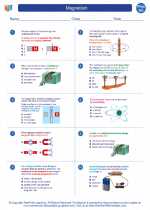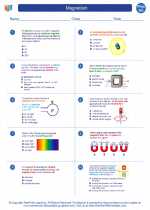Biotic Factors
Biotic factors are the living components of an ecosystem. These factors include all living organisms such as plants, animals, fungi, and microorganisms. Biotic factors interact with each other and with the non-living (abiotic) factors in the environment, influencing the overall balance of the ecosystem.
Examples of Biotic Factors
1. Plants: Trees, grasses, shrubs, and other vegetation play a crucial role in the ecosystem by providing food and habitat for other organisms.
2. Animals: From insects to mammals, animals contribute to the ecosystem by consuming plants, spreading seeds, and influencing the population dynamics of other species.
3. Fungi: Mushrooms, molds, and other fungi decompose organic matter and recycle nutrients in the ecosystem.
4. Microorganisms: Bacteria and other microorganisms play essential roles in processes such as nitrogen fixation, decomposition, and nutrient cycling.
Impact on Ecosystem
Biotic factors have a significant impact on the structure and function of ecosystems. They influence the availability of resources, the diversity of species, and the overall stability of the ecosystem. Changes in biotic factors can lead to shifts in the balance of the ecosystem, affecting the survival and reproduction of various organisms.
Study Guide
- Define biotic factors and provide examples of different types of biotic factors.
- Explain the interactions between biotic and abiotic factors in an ecosystem.
- Discuss the impact of biotic factors on the stability and diversity of ecosystems.
- Compare and contrast the roles of plants, animals, fungi, and microorganisms as biotic factors in ecosystems.
- Describe how changes in biotic factors can lead to ecological succession and the establishment of new ecological communities.



